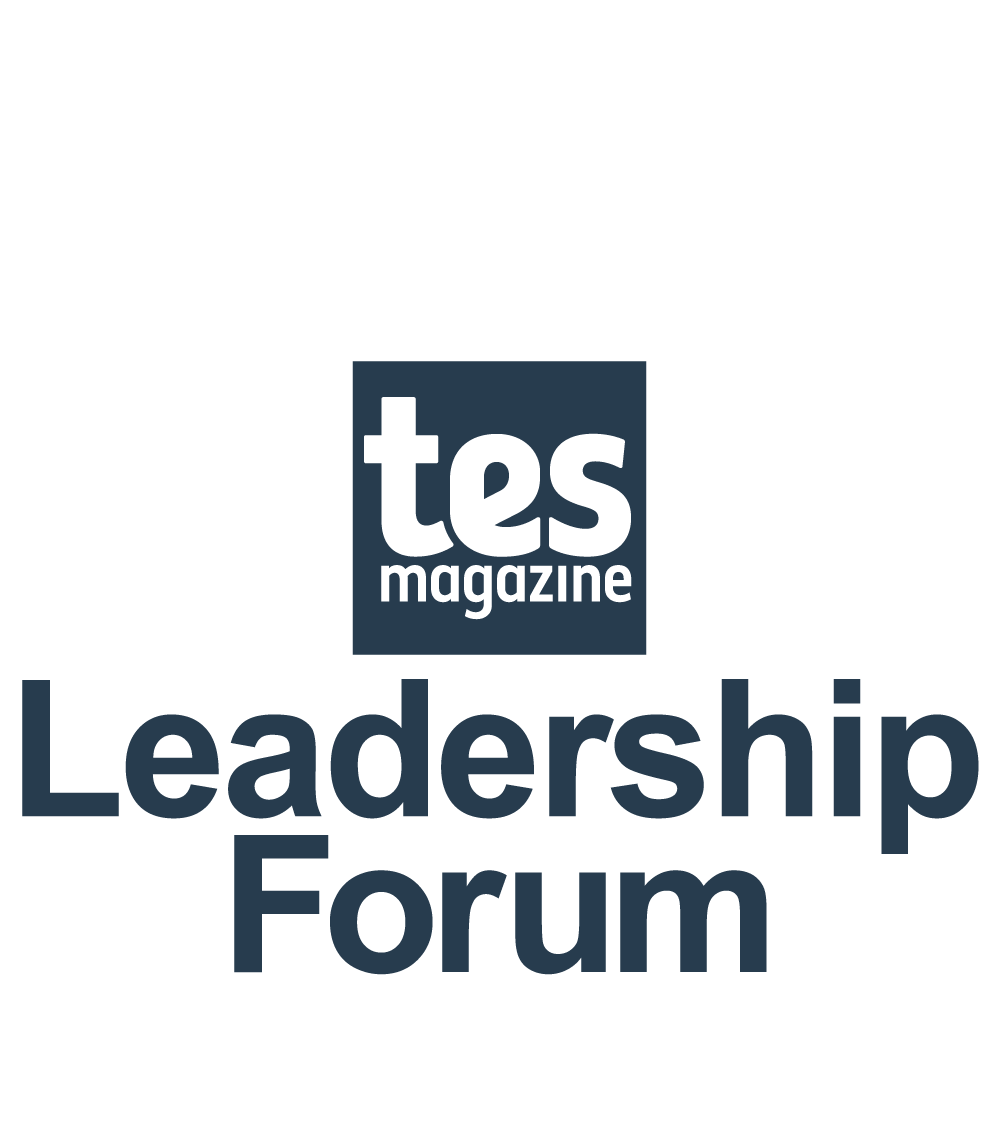- Home
- Leadership
- Tips & Techniques
- What should an effective team meeting look like?
What should an effective team meeting look like?

Who doesn’t love meetings? Let’s be honest: pretty much everyone. But as a middle leader, ensuring that you create space and time for communication and reflection among your team is likely to be a key part of your role.
So, how can you do it in a way that is effective, time efficient and doesn’t make everyone wish the meeting had been an email instead?

The lowdown
Good meetings are all about collaboration and decision making. Done right, they can provide a vital space for people to come together, share ideas and plan next steps. Done wrong, they can feel like a waste of valuable time, breeding resentment and frustration.
So, what are the hallmarks of an effective meeting?
A defined purpose is essential, with clarity among attendees about why they are there (which means only the right people should be invited) and what the outcomes should be.
Ensuring that it is a space for respectful, engaged participation is also key, as is sticking to the allotted time to be respectful of schedules.

What we know about what works
Claire Little is director of people for Dukes Education Group and has a simple maxim for making meetings work well.
“In a nutshell, less is more,” she says. “It’s all in the planning. Less precious time is needed if a clear agenda is set, and attendees come prepared, ready with feedback and questions to speed decisions.
“Why have a one-hour meeting when you can accomplish what you need to in less time?”
Often, a 30-minute catch-up or even a 15-minute check-in can be sufficient, she explains, and such focused and purposeful get-togethers mean the risk of the dreaded meeting overload - and the associated resentment - is reduced.
All meetings should have a clear purpose that is aligned to the school development plan and key performance indicators, and any meeting schedule should be reviewed regularly, ideally on a termly basis.
“Ask: does the meeting add value? Do we have the right mix of attendees? Does the day and time still work for everyone? Be ready to make changes if necessary,” Little says.
“Don’t be afraid to break with tradition. Just because a meeting has been on the planner for decades doesn’t mean it needs to stay there.”
Another useful approach is to distribute the agenda and other relevant materials well in advance of the meeting, with a clear expectation that these will be read and reflected upon beforehand to maximise discussion time and minimise time wastage.
Equally important, Little continues, is to ensure that meetings run smoothly, both in terms of the schedule and the contributions from attendees.
“If you are the chair or most senior person in the meeting, your role is not just to keep to time and ensure that the agenda is covered but also to ensure that the participants are listened to and that everyone is heard in the room. No one individual should dominate, and that includes the chair.
“Culturally, it’s important for leaders to create an environment where everyone around the table can openly share their views and ideas. You can have the best agenda and the best process, but without the best behaviour management in place you won’t get the best output.”
Once the meeting comes to a close, it’s useful to circulate agreed actions (and minutes if needed) with timescales and action owners within 24 hours of the meeting.
And, Little adds, it can be incredibly useful to ask for feedback on how the meeting went and what could be done differently to improve outcomes next time.

The experienced leader view
Jon Hutchinson is director of curriculum and teacher development at the Reach Foundation. He writes:
If you want to have an impact in the classroom as a middle leader, your meetings need to include four key ingredients: building knowledge, motivating staff, developing strategies and embedding practice.
These are the key professional development mechanisms set out by the Education Endowment Foundation that are associated with the highest gains in pupil outcomes.
They also, happily, help you to structure a meeting that should keep everyone focused and feeling productive.
Let’s break down each section.
Build knowledge
Developing expertise is key in any domain, and teaching is no different.
This is your opportunity to celebrate your specialism. If you’re a head of geography, you may want to help staff understand the limitations of the four Fs (fairs, festivals, food and folktales) when discussing other cultures. Or maybe you lead on early reading and you want to help teachers grasp the linguistic phonics approach.
Don’t be scared to give a short article for teachers to read silently for this bit. A nice, quiet read with a cup of tea can be a lovely way to start a meeting.
Motivate teachers
The science of motivation is still quite woolly, but probably the best way that you can get teachers excited about the subject of the meeting is to help them connect it to the pupils they teach.
Some prompt questions can help immediately to build group discussion based on the new knowledge. Who will this most help? How will it be adapted for our subject? What could some of the pitfalls be?
Develop strategies
Knowledge isn’t enough, of course. It needs to be clearly translated into strategies that can be deployed in the classroom. This might be around using a Frayer model in English, or getting children to quiz each other in key stage 2 history.
Clear, actionable strategies are key to boosting teachers’ practice. Your role here could be modelling what these strategies look like, but don’t be worried about messing it up. Everyone enjoys a giggle at things going wrong when trying something new.
Embed practice
On to the controversial bit: teachers spend way too long sitting down in meetings. Protecting a good chunk of time - I’d recommend at least a quarter of the meeting - to give teachers the chance to get up and rehearse is the most effective way to break through the knowing-doing gap.
Ask them to bring some planning and adapt it based on the focus of the meeting. It may well feel a little awkward to begin with, but building a culture of practice is perhaps the most important thing you can do as a middle leader.
You need a Tes subscription to read this article
Subscribe now to read this article and get other subscriber-only content:
- Unlimited access to all Tes magazine content
- Exclusive subscriber-only stories
- Award-winning email newsletters
Already a subscriber? Log in
You need a subscription to read this article
Subscribe now to read this article and get other subscriber-only content, including:
- Unlimited access to all Tes magazine content
- Exclusive subscriber-only stories
- Award-winning email newsletters
topics in this article




